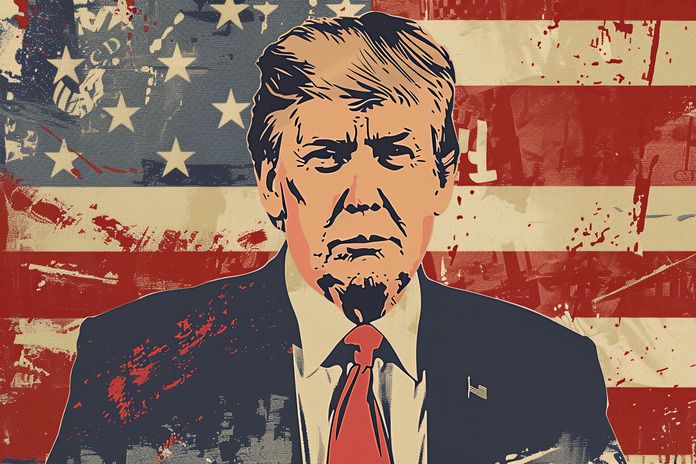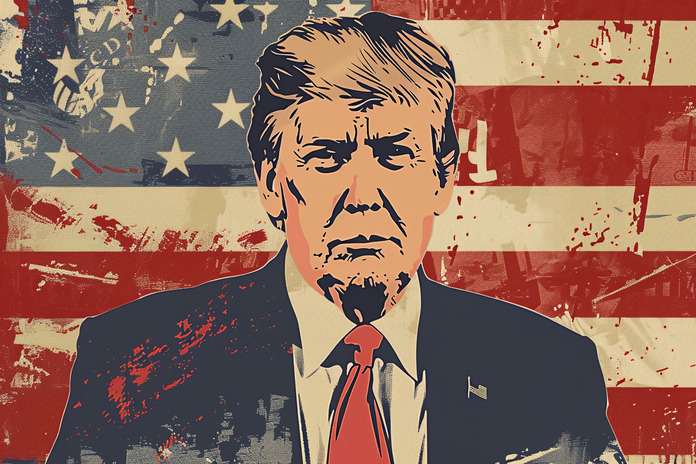USDT0 Expands Across OKX for Omnichain DeFi Access
This post was originally published on this site

Cryptocurrency markets are buzzing as USDT0, Tether’s newest stablecoin variant, launches across OKX’s ecosystem, including X Layer, Wallet, and Exchange. This integration promises a more seamless, efficient, and scalable experience for investors and DeFi users alike.
Bringing USDT0 to the OKX Ecosystem
OKX, a leading global crypto platform, has partnered with Tether to integrate USDT0 on its Ethereum Layer 2 network, X Layer, as well as on the OKX Wallet and Exchange. This allows users to deposit, withdraw, and transact USDT0 directly, eliminating friction between centralized and decentralized finance.
With support across multiple networks—including Arbitrum, Optimism, Polygon, Unichain, and Berachain—USDT0 unlocks composable liquidity and deeper access to the growing decentralized finance ecosystem.
Eliminating Friction With Omnichain Transfers
USDT0 is powered by LayerZero’s Omnichain Fungible Token (OFT) standard, ensuring every transaction is verifiable and backed 1:1 by canonical USDT. This design removes the complexity associated with wrapped tokens and bridging solutions while enabling faster transfers between rollups and direct liquidity movement between OKX Exchange and decentralized markets.
By minimizing operational friction, USDT0 provides a reliable, efficient infrastructure for global stablecoin adoption, making cross-chain finance easier than ever.
X Layer: The New Money Chain
X Layer, OKX’s Ethereum Layer 2 network, is designed to connect users and developers to the broader Ethereum ecosystem. Fully integrated with OKX’s product suite, it offers a streamlined and secure user experience.
Star Xu, founder and CEO of OKX, calls it “The New Money Chain and a foundation for seamless, stable, and interoperable value exchange.”
“Partnering with Tether to bring USDT0 to X Layer and other chains empowers customers with stable omnichain liquidity across the networks they rely on most,” adds Xu.
USDT0’s Growth and DeFi Impact
Since launch, USDT0 has recorded over $11.3 billion in bridge volume across more than 251,000 cross-chain transfers. It is now the most active OFT within the LayerZero ecosystem, demonstrating its growing influence in decentralized finance.
Lorenzo R., co-founder of USDT0, emphasizes the importance: “Stablecoins are becoming the backbone of on-chain finance. With USDT0 live on OKX and X Layer, millions of users and builders can tap into unified, cross-chain liquidity at scale.”
He adds, “This expansion removes the friction that has held stablecoins back, making USDT instantly usable wherever builders and customers need it most.”
Strengthening Multichain Infrastructure
Integrating USDT0 across Layer 2, wallet, and exchange positions OKX as a full-stack, multichain infrastructure provider. This move also strengthens the pathway for stablecoins to achieve mainstream adoption in global finance.
Tether and Bitcoin Expansion
Tether is also planning to launch USDT on RGB, a protocol for issuing digital assets on Bitcoin. With RGB’s mainnet release (0.11.1), Bitcoin can support private, scalable, user-controlled assets, enabling USDT to exist natively on the Bitcoin blockchain.
This combination of Ethereum Layer 2 and Bitcoin-native integration highlights Tether’s commitment to expanding stablecoin utility across the largest blockchain networks.
Conclusion: USDT0 Paves the Way for DeFi Growth
USDT0’s integration with OKX X Layer, Wallet, and Exchange is a milestone in omnichain finance. By providing faster transfers, seamless cross-chain liquidity, and multichain adoption, USDT0 is set to become a key player in the stablecoin ecosystem, helping both retail and institutional investors navigate DeFi efficiently and securely.
Featured Image: depositphotos @ zoomteam














